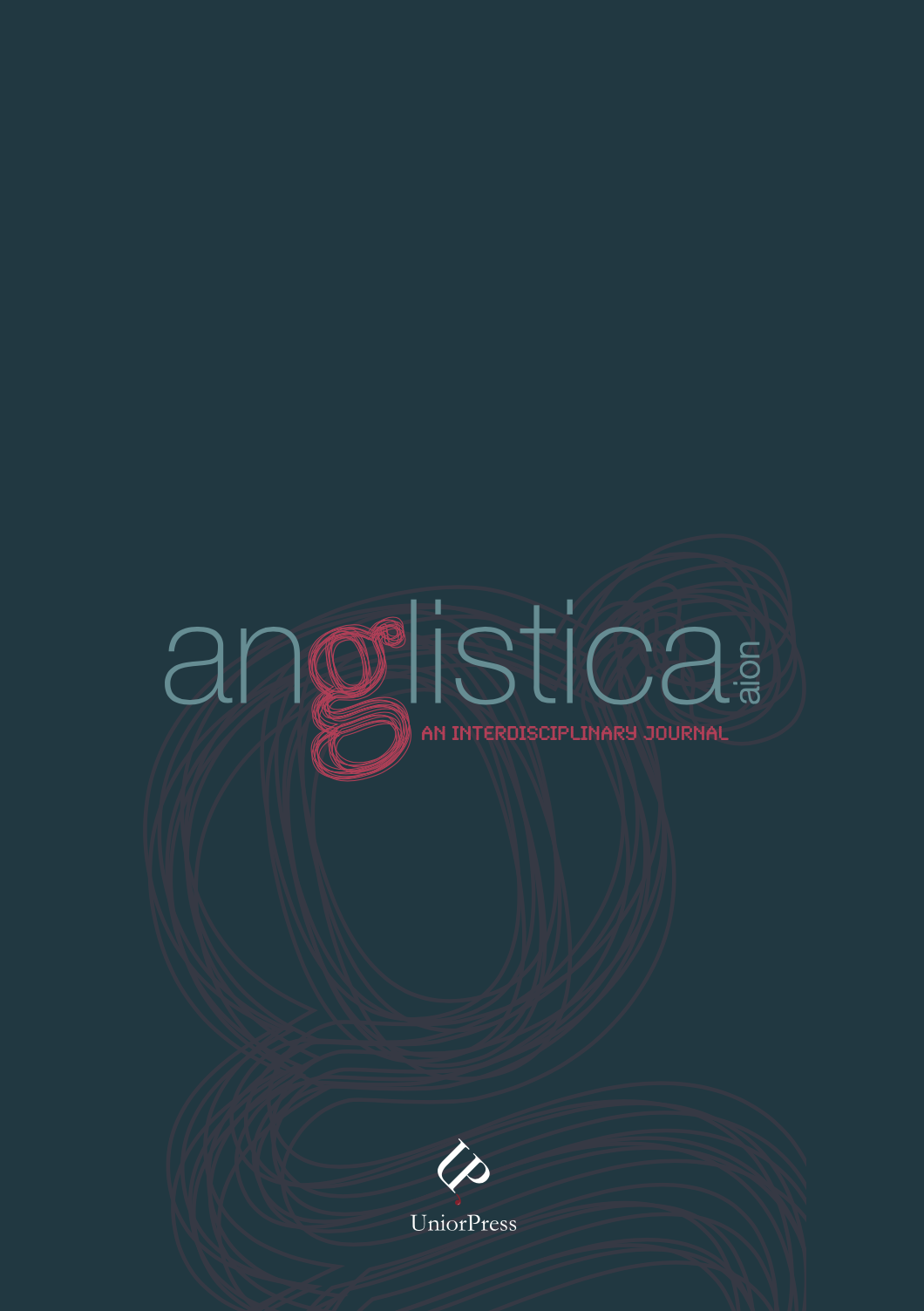The Khasi New Wave
Addressing Indigenous Issues from a Literary and Cinematic Perspective
Abstract
In 2011, the khasi language film 19/87 was selected for the prestigious International Documentary and Short Film Festival of Kerala. Directed by Wanphrang Diengdoh, in collaboration with the filmmaker Dondor Lyngdoh and the writer Janice Pariat, the film was received by some critics as ‘the birth of Khasi New Wave’. Devised as part of an experimental trilogy set in the city of Shillong, the capital of Meghalaya, the film tells the story of a Khasi youth, Banri, who befriends a Muslim tailor, Suleiman. Whilst they are both Indian nationals, insiders to the Indian Territory, Suleiman is a dkhar, a term used by the Khasis to refer to people they consider ‘outsiders’ to their ethnic group, ‘foreigners’ to the tribal hillsand, ultimately, ‘strangers’ to the land. The only film of the trilogy to have been released so far, 19/87 is an important work of social history that addresses the ambivalent condition of ‘the stranger’ in an imaginary Khasiland. This article looks at 19/87, both in its literary and cinematic modes of storytelling, as important authorial works that aim at deconstructing the artificial idea of a pure khasiness, where those who allegedly ‘do-not-belong’ are constantly placed in an ambiguous and, sometimes, dangerous situation. Both the film by Diengdoh and Lyngdoh and the short story by Pariatre present important authorial works that combine artistic experimentation with social commitment, contributing to the development of innovative literatures and cinemas in India.


